Adapting existing school buildings to new pedagogical approaches
DOI:
https://doi.org/10.22320/07196466.2025.43.067.01Keywords:
architectural design, interior design, furniture, assembly, refunctionalizationAbstract
The changes in teaching methods currently being discussed, whether in Uruguay, Latin America, Europe, or the United States, demand a new spatial paradigm different from the traditional conception of a school. Faced with this scenario, it seems necessary to offer intervention models for existing buildings that respect economic and sustainability restrictions and respond to the changes of this new pedagogical agenda, facilitating and promoting the implementation of these educational innovations that school scenarios can often limit. This article aims to identify and analyze modes of intervention in existing school buildings based on manipulating the interior space as a strategy where design and architecture interact. In each case, the emphasis is placed on the systematization of architectural project strategies as tools needed for the architect's intervention in their interactions with the educational communities and project teams. Three basic approaches have been identified: manipulation of boundaries, insertion of macro-object(s), and reorganization based on the shape and arrangement of furniture.
Downloads
References
ACASO, M. (2018). Architecture and Interior Design as Key Elements in Changing the Education Model en S. Borri (Ed.), The Classroom has broken. Changing School Architecture in Europe and across the World (pp. 259-266). Florence: INDIRE.
BARRÁN CASAS, P. (2020). La sistematización de la arquitectura escolar pública. Orígenes, difusión internacional y desarrollo en el Río de la Plata (1955-1973) [Tesis doctoral, Universidad de la República]. Portal Colibri. https://www.colibri.udelar.edu.uy/jspui/handle/20.500.12008/26884
BLANC, M. C., CATTANEO, D., y SERRA, M. S. (2023) ¿Viejos edificios para nuevas infancias? El devenir de una escuela centenaria en Rosario, Argentina. CABÁS, (30), 99-116. https://doi.org/10.35072/CABAS.2023.74.92.007
BONSIEPE, G. (2005). Del objeto a la interface. Mutaciones del Diseño. Buenos Aires: Infinito.
BRONFENBRENNER, U. (1987). La Ecología del desarrollo humano. Experimentos en entornos naturales y diseñados. Barcelona, Buenos Aires, México, Paidós.
CABRERA RECOBA, A. (2021). Aportes para el reproyecto de conjuntos habitacionales vulnerables. Micro acciones que promueven la exterioridad. Habitat y sociedad, (14), 339-352. https://doi.org/10.12795/HabitatySociedad.2021.i14.18
CASTRO, J. (2007). Del banco fijo a la mesa colectiva. Vieja y nueva educación. Montevideo: Ministerio de Educación y Cultura.
CHIPA, S., y ORLANDINI, L. (2019). Dall'aula al cluster didattico: l’innovazione che guarda al futuro con le radici nel passato. Pedagogia Oggi, XVII, 17(1), 49-66. https://doi:10.7346/PO-012019-04
DUSSEL, I. (2020). The Shifting Boundaries of School Subjects in Contemporary Curriculum Reforms. Zeitschrift für Pädagogik (5), 666-689. https://doi.org/10.3262/ZP2005666
ESLAVA-CABANELLAS, C. (2017). 'Ábitacolo' de Bruno Munari: Infancias domésticas contemporáneas. Revista Proyecto, Progreso, Arquitectura (16), 102-115. https://doi.org/10.12795/ppa.2016.i16.07
ESLAVA CABANELLAS, C. (2023). Hextable: una mesa en crecimiento. Un proyecto desde lo común. Dearq, 1(35), 41-52. https://doi.org/10.18389/dearq35.2023.04
ESLAVA CABANELLAS, C., y FERNÁNDEZ ANGOSTO, A. (2020). El tejido vivo de las relaciones humanas en el espacio de la escuela infantil. A&P Continuidad, 7(13), 104-115. https://doi.org/10.35305/23626097v7i13.283
FERNÁNDEZ, R. (2007). Obra del tiempo: Introducción a la teoría y la práctica de la gestión integral del patrimonio urbano-arquitectónico. Concentra.
FLORA, N., y IARRUSO, F. (2017). Progetti Mobili. Lettera Ventidue.
FONTANA, M. P., y MAYORGA CÁRDENAS, M. (2017). ¿Pueden los patios escolares hacer ciudad? Proyecto, Progreso, Arquitectura (17), 116-131. https://revistascientificas.us.es/index.php/ppa/article/view/3341/3905
Gentofte Kommune. (2013). Munkegaardsskolen, 1949 – 2013, Municipal school restored and revitalized. Kopenhagen. https://designblog.rietveldacademie.nl/wp-content/uploads/2015/03/MU-Folder-sk%C3%A6rmudgave-MR.pdf
GIARDIELLO, P. (2017). Nel/Sul. Frammenti di una riccerca (impaziente). Lettera Ventidue.
GIARDIELLO, P. (2019). Multifunctional interior object. Aracne.
GISLASON, N. (2015). The Open Plan High School, Educational Motivations and Challenges en P. Woolner (Ed.), School Design Together (pp. 101-119). London: Routledge.
HARTLEY, D. (2003). New Economy, New Pedagogy? Oxford Review of Education, 29(1), 81-94. www.jstor.ord/stable/1050731
HEITOR, T. (Ed.). (2011). Parque Escolar. 2007-2011. Intervenção em 106 escolas. Intervention in 106 schools. Parque Escolar.
HERTZBERGER, H., y DE SWAAN, A. (2009). The Schools of Herman Hertzberger. Alle scholen. Rotterdam: 010.
KOZLOVSKY, R. (2016). The Architectures of Childhood: Children, Modern Architecture and Reconstruction in Postwar England. Routledge.
LACATON, A., VASSAL, J.-P., y WALKER, E. (2022). Lacaton y Vassal, espacio libre, transformación, habiter. Museo ICO, Puente editores.
LANZ, F., y PENDLEBURY, J. (2022). Adaptive reuse: A Critical Review. The Journal of Architecture, 27(2-3), 441-462. https://doi.org/10.1080/13602365.2022.2105381
LIPPMAN, P. C. (2010). Evidence-Based Design of Elementary And Secondary Schools. A responsive Approach to Creating Learning Environments. Wiley y sons.
LIPPMAN, P. C. (2023). An Ecological Approach for Creating Dynamic Learning Environments en P. C. Lippman y E. A. Matthews (eds.), Creating Dynamic Places for Learning. An Evidence Based Design Approach (pp. 221-252). Singapore: Springer. https://doi.org/10.1007/978-981-19-8749-6_11
LIPPMAN, P. C., y MATHEWS, E. (2018). Re-imagining the open classroom en S. Alterator, y C. Deed, School Space and its Occupation. Conceptualising and Evaluating Innovative Learning Environments (pp. 63-85). Boston: Brill.
LOURENÇO, P., ALEGRE, A., y HEITOR, T. (2023). The (Re)Design of the Educational Environment in Portugal. What is Changing? ICERI2023 Proceedings, (pp. 6385-6393). Sevilla. https://doi.org/10.21125/iceri.2023.1591
MARINA, J. A. (2017). El bosque pedagógico: y como salir de él. Ariel.
MAYORAL-CAMPA, E., y POZO-BERNAL, M. (2017). Del aula a la ciudad. Arquetipos urbanos en las escuelas primarias de Herman Hertzberger. Proyecto, progreso y arquitectura, (17), 100-115. https://doi.org/10.12795/ppa2017.i17.07
MIRCHANDANI, N., y WRIGHT, S. (Eds.). (2019). Future Schools. Innovative Design for New and Existing School Buildings. RIBA Publishing.
NAIR, P. (2014). Blueprint for tomorrow. Redesigning Schools for Student-Centered Learning. Harvard Education Press.
NAIR, P., FIELDING, R., y LACKNEY, J. (2020). The Language of School Design: Design Patterns for 21st Century Schools. Designshare.
NEDEL, M. Z., y BUZZAR, M. A. (2020). El Future Classroom Lab de Bruselas: modelo internacional de la clase del siglo XXI. A&P Continuidad, 7(13), 82-91. https://doi.org/10.35305/23626097v7i13.271
OPERTTI, R. (2019). Miradas educativas desde la comarca y el mundo. Universidad Católica del Uruguay.
Partnership for Schools. (2008). An Introduction to Building Schools for the Future. Partnership for Schools.
PINAU, P., DUSSEL, I., y CARUSO, M. (2001). La escuela como máquina de educar. Tres escritos sobre un proyecto de la modernidad. Paidós.
POSTIGLIONE, G. (2018). L’intervento sull’esistente come “ri-scrittura” dello spazio en F. Lanz, Patrimoni innatesi. Reusare per valorizzare (pp 245-252). Siracusa: Lettera Ventidue.
PRESTON, M. (2023). Inventer l'école, penser la co-création. Brétigny-sur-Orge, Nevers: CAC Brétigny et Tombolo Presses.
RIPANI, M., y MUÑOZ, M. (Eds.). (2020). Plan Ceibal 2020. Desafíos de innovación educativa en Uruguay. Fundación Ceibal.
SCOTT, C. L. (2015). The Futures of Learning 3: What Kind of Pedagogies for the 21st century? UNESCO. Education Research and Foresight. Working Papers, 15(107), 1-21. https://unesdoc.unesco.org/ark:/48223/pf0000243126.locale=es
TILL, J., y SCHNEIDER, T. (2005). Flexible housing: The means to the end. Architectural Research Quarterly, 9(3-4), 287-296. https://doi.org/10.1017/S1359135505000345
TORALDO DI FRANCIA, C. (2015). Sistema Parete Integrato. https://www.cristianotoraldodifrancia.it/sistema-parete-integrato/
VAN EYCK, A. (2021). El niño, la ciudad y el artista. Fundación Arquia.
WELLS, R. (2016). A Learners Paradise. How New Zealand is reimagining Education. TechTeam Press.
Downloads
Published
How to Cite
Issue
Section
License
Copyright (c) 2025 Alfredo Peláez-Iglesias, Maximiliano García-Vairo, Fabricio González

This work is licensed under a Creative Commons Attribution-ShareAlike 4.0 International License.
The content of the articles published in each issue of Arquitecturas del Sur is the sole responsibility of the authors and does not necessarily represent the opinion of University of the Bío-Bío.
The authors will maintain their copyright; however, they will guarantee the journal the right to first publication and dissemination of their work. The publication of the article in Arquitecturas del Sur will be subject to the Creative Commons International license (CC BY-SA) that allows others to adapt: remix, transform and build on the material for any purpose, even commercially; share: copy and redistribute the material in any medium or format, as long as the authorship and first publication in this journal are acknowledged by citing them correctly, and their new contributions are under a license with the same terms.


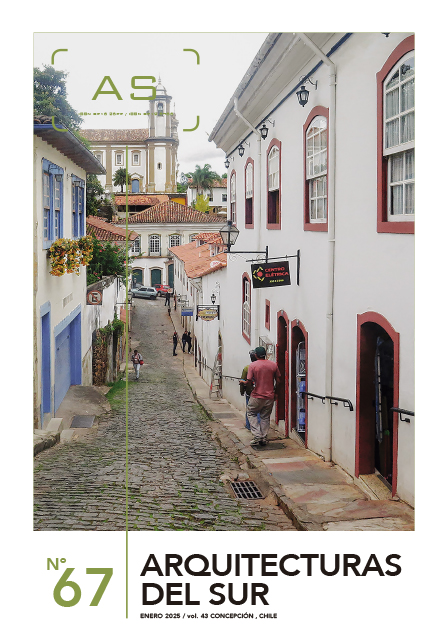


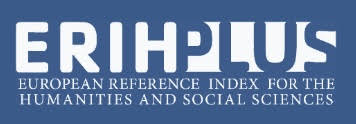

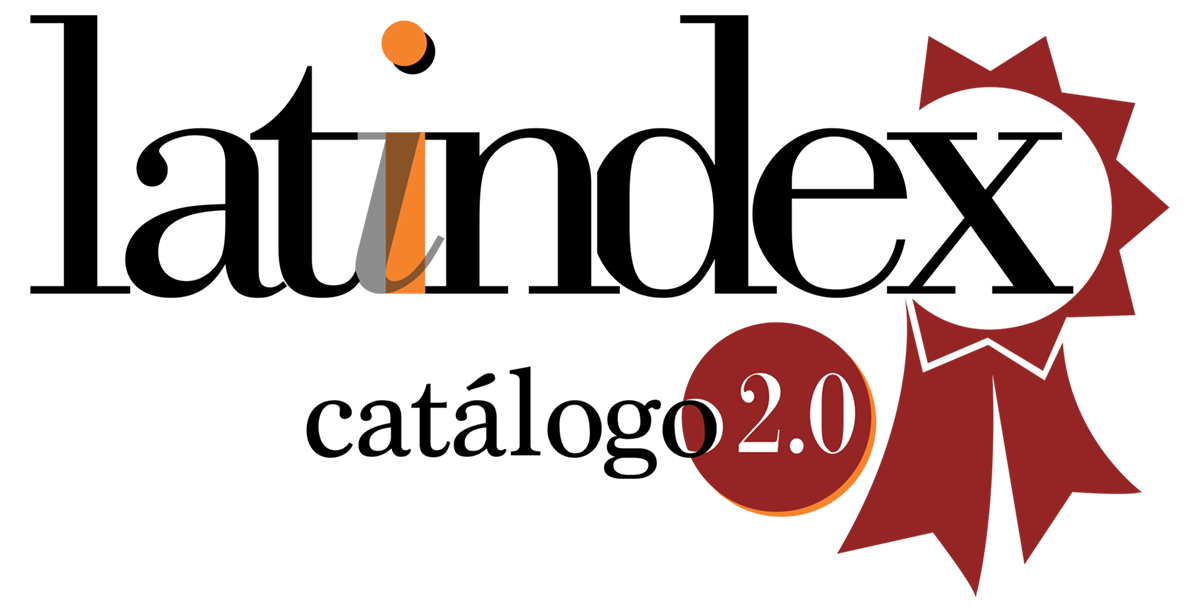


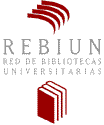
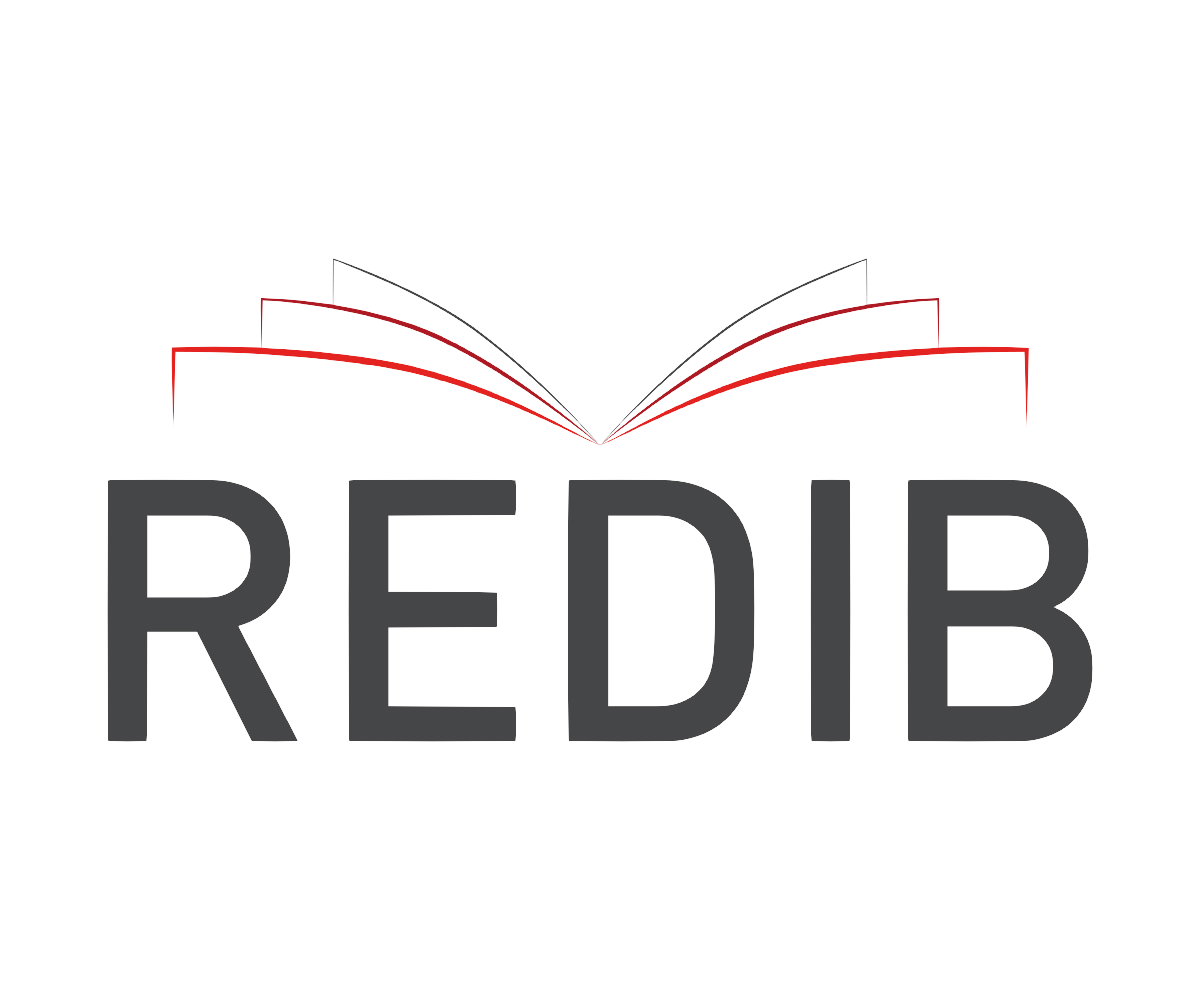
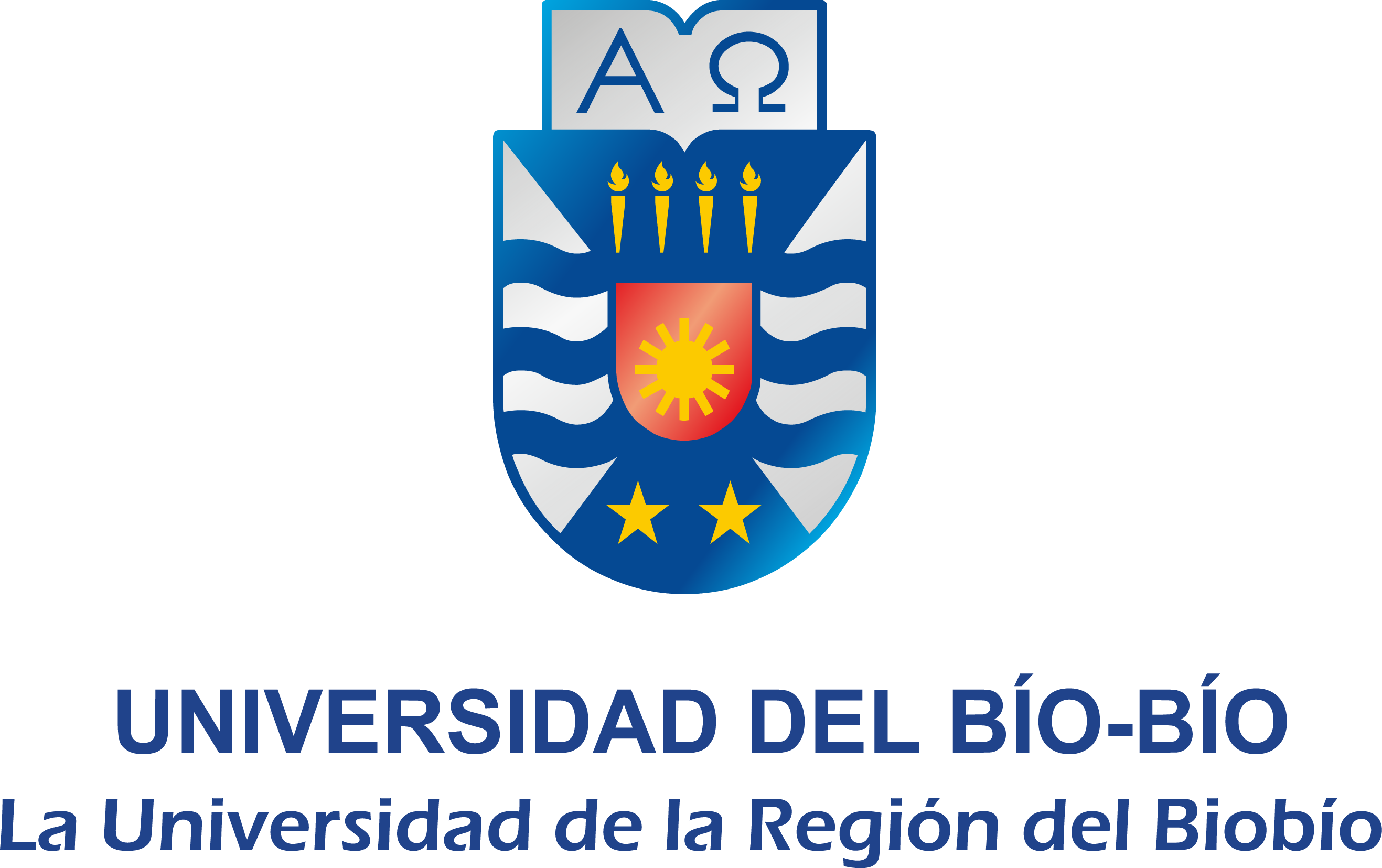

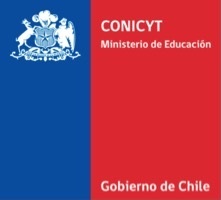 Programa de Información Científica/Concurso Fondos de Publicación de Revistas Científicas 2018/ Proyecto Mejoramiento de Visibilidad de Revistas UBB (Código:FP180007)
Programa de Información Científica/Concurso Fondos de Publicación de Revistas Científicas 2018/ Proyecto Mejoramiento de Visibilidad de Revistas UBB (Código:FP180007) 
